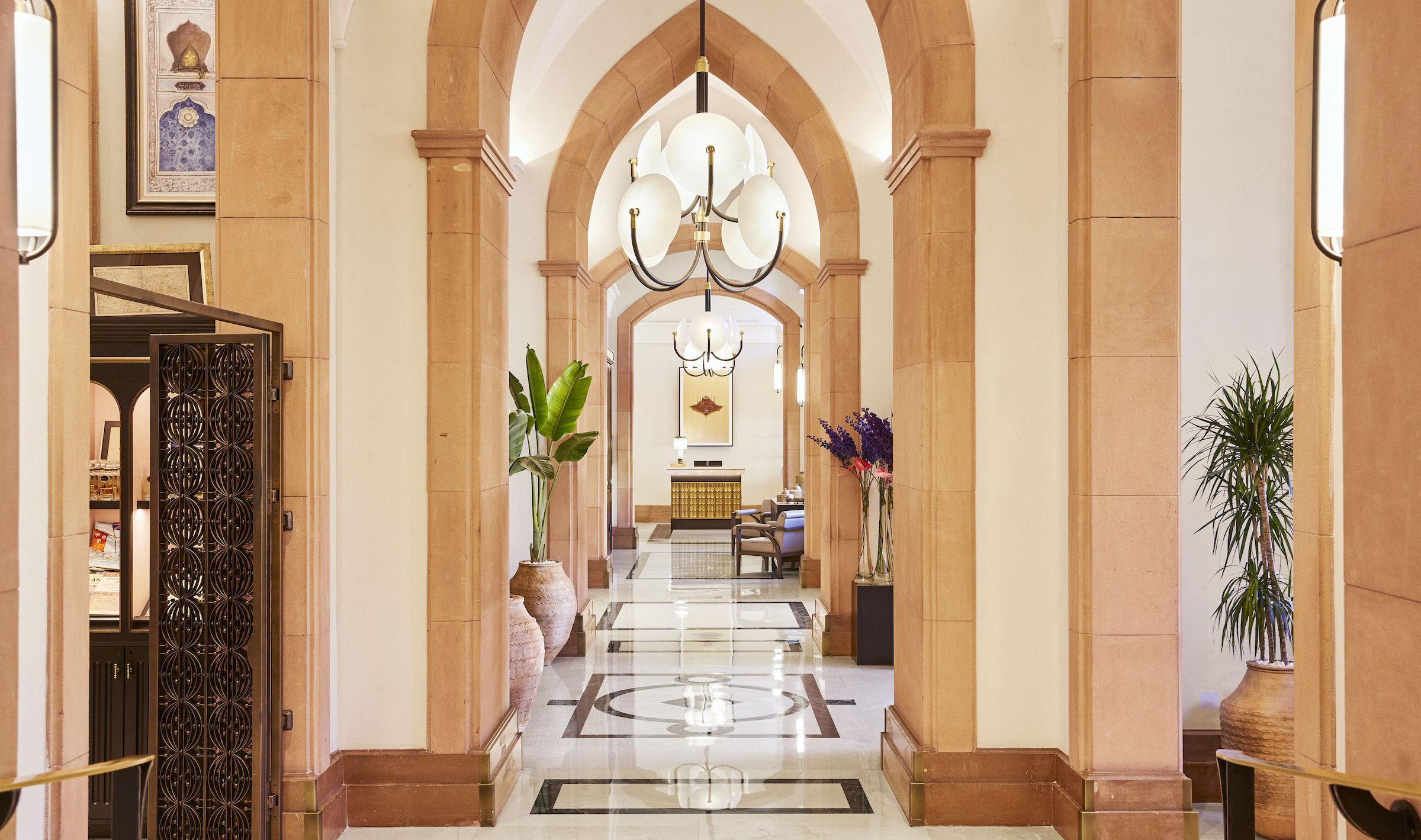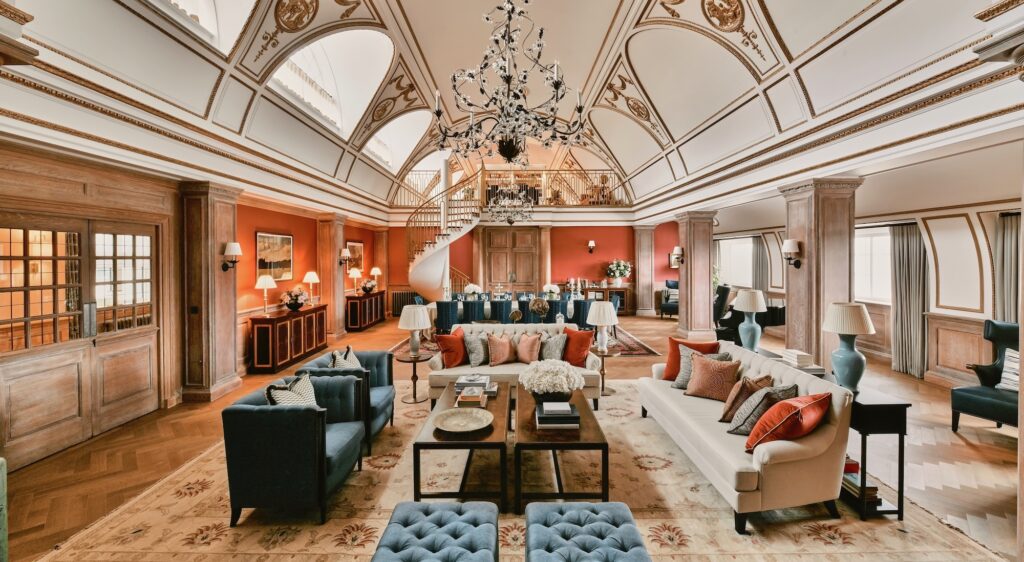With a client list that includes Four Seasons, Raffles, Mandarin Oriental, Mondrian and the Berkeley Group, Goddard Littlefair are in a pantheon of true global interior design studios. Jo Littlefair sat down with Effect Magazine to explain how they got there.
In an era of spectacular property launches, a certain design studio’s name keeps appearing next to some of the most remarkable. Whether a once-in-a-generation penthouse overlooking the Thames, a Four Seasons Ottoman palace on the Bosphorus, or the hyper-landmark Raffles in London’s Old War Offices, developers have increasingly been looking to Goddard Littlefair – a blue-chip design studio that combines impeccable aesthetic acumen with the ability to handle major-scale projects in multiple countries without breaking a sweat.
Based in the UK and Portugal and supported by a team of more than 40, the firm’s founders Martin Goddard and Jo Littlefair also have a hard-to-define super-power that has helped elevate them to the tiny pantheon of truly global luxury operators at the pinnacle of the interior design industry: a blend of faultless project delivery together with their down-to-earth, good-humoured charisma. It’s a combination that instils fierce loyalty from their many long-term partners and clients.
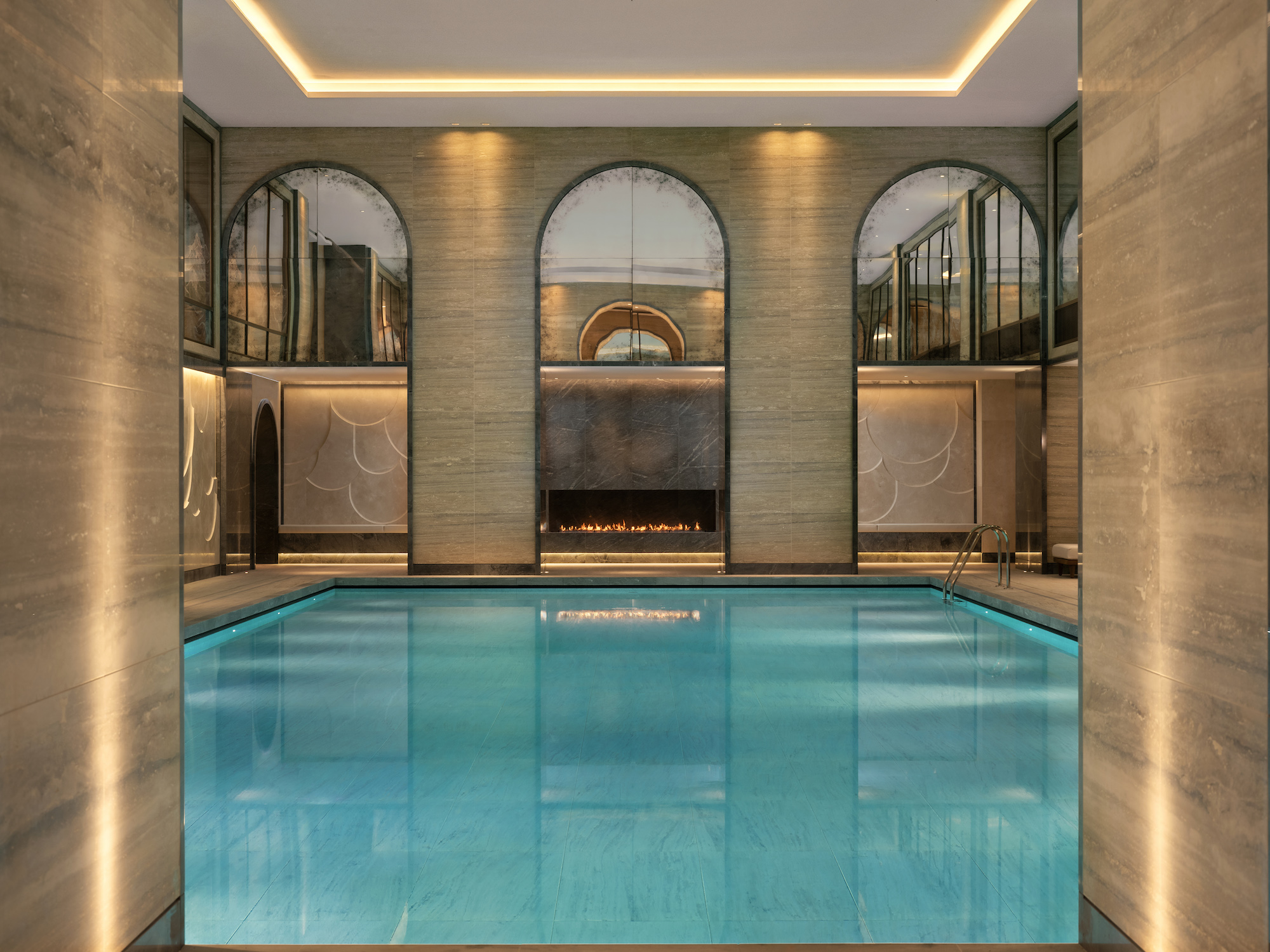
And what a client list it is. Their portfolio reads like Condé Nast Traveller: Mandarin Oriental, Four Seasons, Raffles, Mayfair Townhouse, Mondrian; while their residential projects include major show apartments in landmark developments such as Chelsea Barracks, 9 Millbank, Belvedere Gardens and Casson Square. While some of these are for private clients, they also work closely with ultra-high-end developers such as the Canary Wharf Group, the Berkeley Group and Braeburn Estates.
For Jo Littlefair, those client relationships are everything: “For Martin and I, it’s the backbone to our business, and it’s also part of the joy of what we do.” And if you ask Littlefair why their clients reciprocate this respect, her answer is modest and philosophical. “We try to create spaces that people want to inhabit and are drawn to,” she says. “And in each different circumstance, that might be emphasising a different thing. In a luxury hotel or property, it would be about defining the new luxury: what is it that hasn’t been seen before? How do you create something that’s intriguing, so people want to come and take part in that space?”
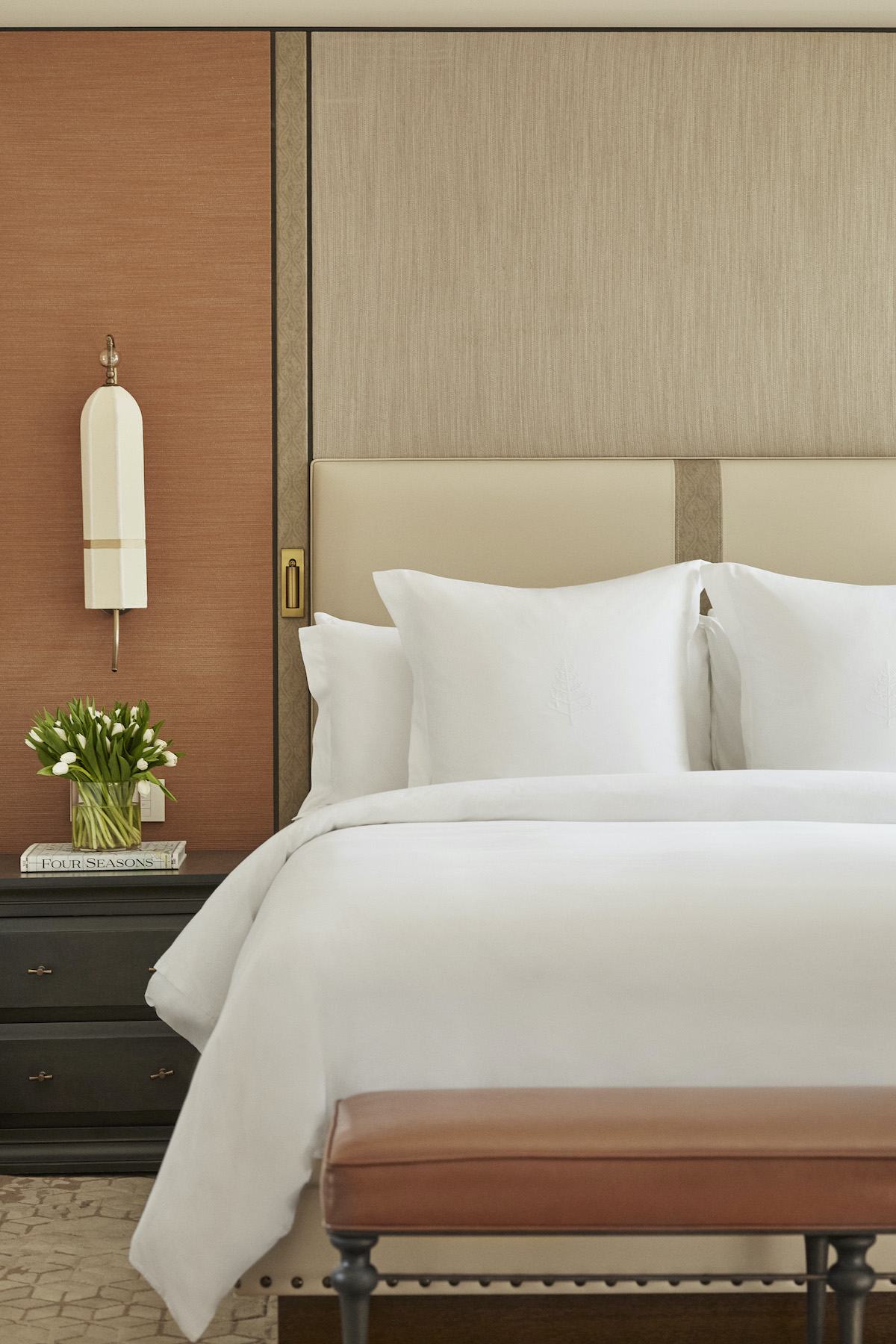

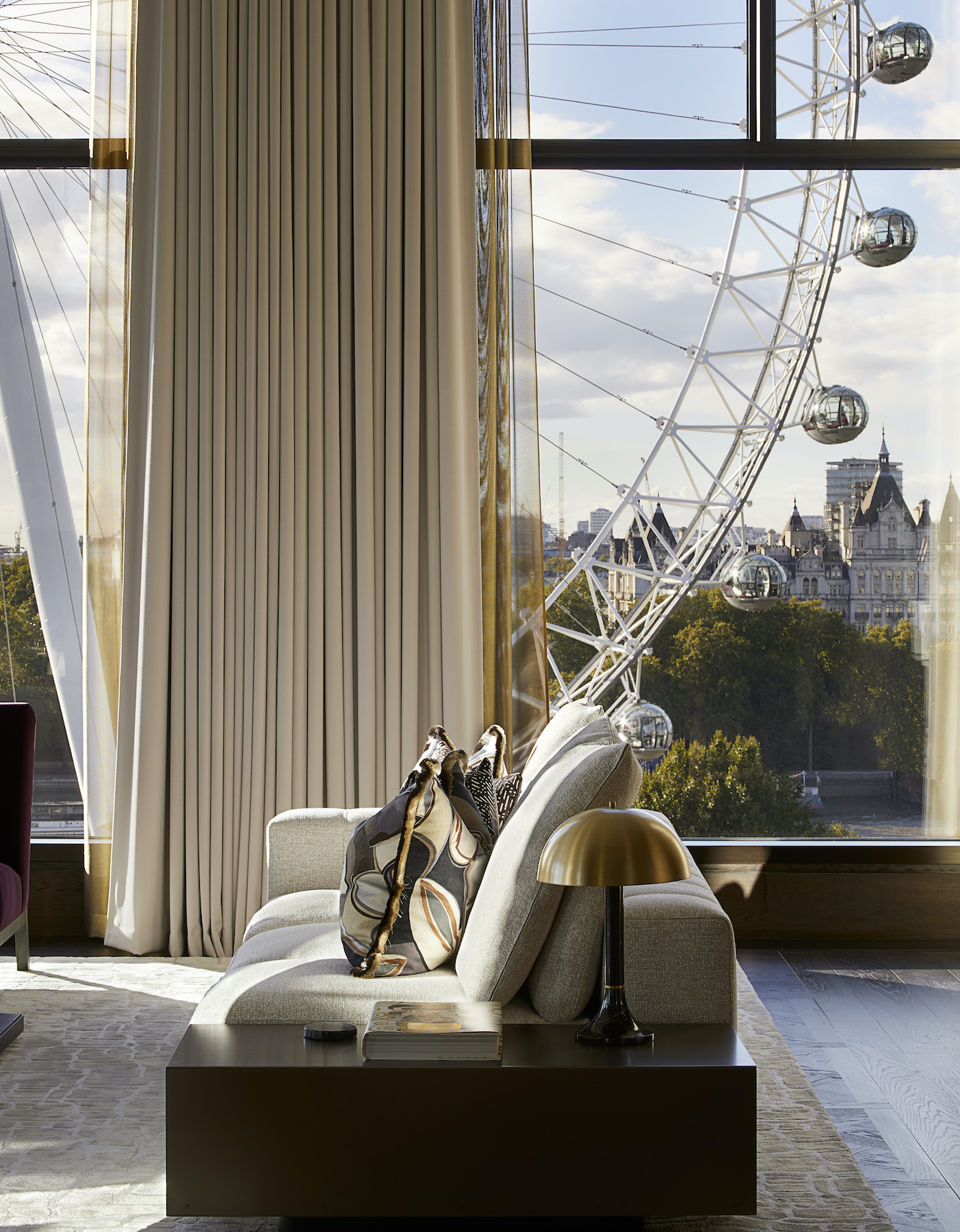
Littlefair underlines that it’s about lifestyle as well as aesthetics: “We’re interested in the experiential elements of design – finding playful or alternative twists on traditional hospitality or residential spaces that enhance the creative feeling of being in a space.”
We try to create spaces that people want to inhabit and are drawn to.
Jo Littlefair, co-founder, Goddard Littlefair
An example of this marrying of the experiential and the aesthetic can be found in their Conrad and Astor projects. Both are landmark residences on a grand scale, yet neither lose sight of how people might actually live in them. And both feature dramatic high ceilings which are interspersed with ingenious mezzanine levels, creating intimate and cosy areas.
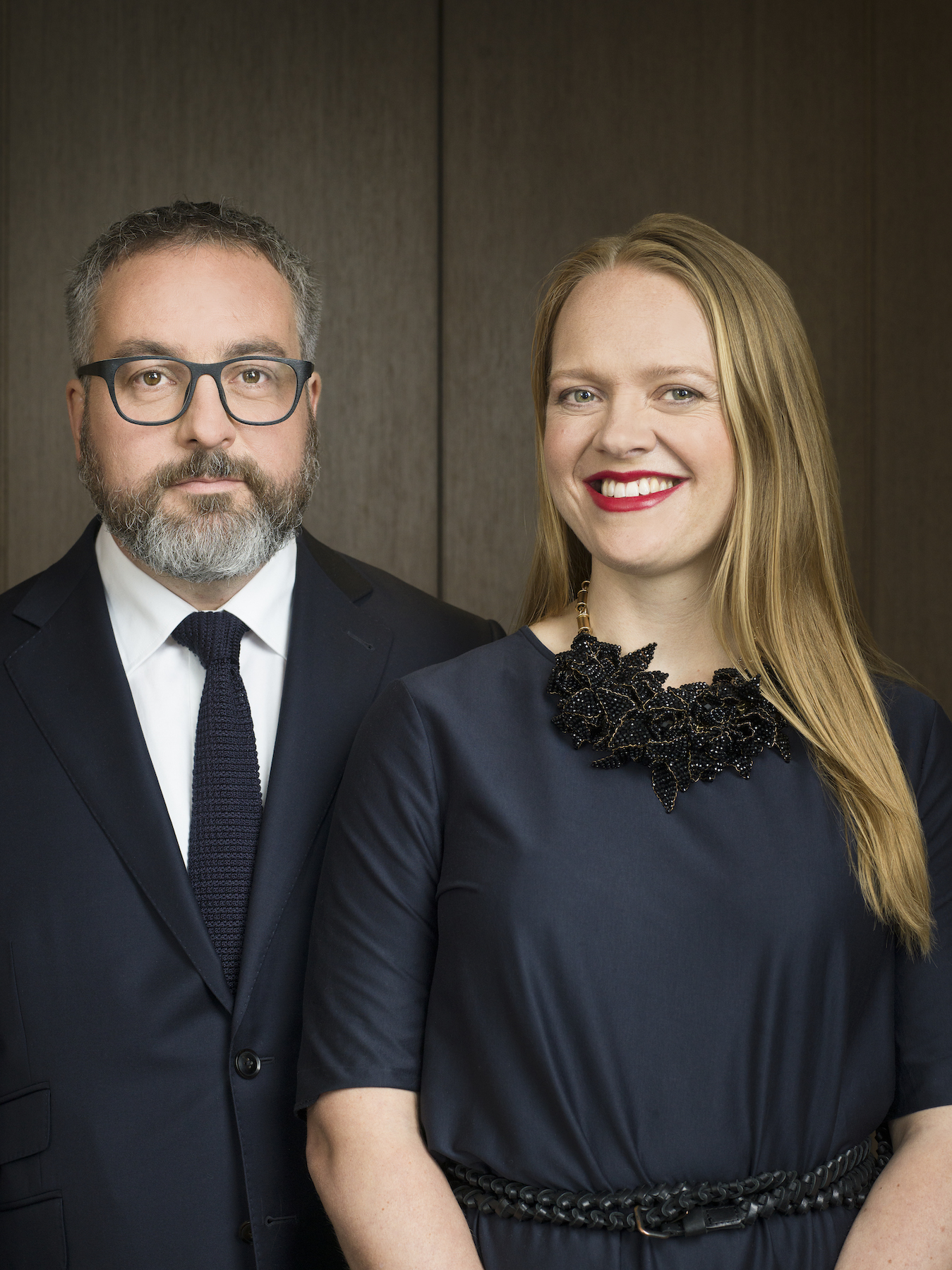
“It speaks to people’s psychology about what makes them feel at home,” says Littlefair. “It’s a testament to the necessity of blending those ‘cathedral’ spaces that impose and impress with those smaller spaces that can cosset and comfort you.”
To walk around the Astor is to appreciate the depth and scale of work that goes into creating such beauty. The property has been more imagineered than designed – potentials parsed and lifestyles evoked. It’s presented as a turnkey show apartment – but the detail is extraordinary, and one understands why they have built such a skilled team that straddles several countries.
All this has been achieved in little over a decade, and Littlefair reflects on the firm’s genesis: “Martin and I had met and worked together at another design practice. But the gods intervened and sent us on different paths.” Littlefair took some time out to have children before setting up her own practice, while Goddard spent a year in Toronto as a landscape designer to refresh after years in hospitality design.
When Goddard returned to London, the pair both realised the value of the strong connection they’d had before. “I used to think that everyone had these sorts of connections,” says Littlefair. “But I’ve now learned it’s quite a special thing when two people’s mindsets can connect and just sort of fit, like a jigsaw puzzle. And that’s still true to this day.”
It helps, of course, that Littlefair and Goddard have different specialisms, which dovetail effectively. Littlefair was an FF&E (furniture, fixtures and equipment) specialist, and a textile designer by training, while Goddard was a trained interior designer with a strong interest in geology and architecture. “The two elements combined beautifully to create the whole. Martin asked me to join him on a few projects that had been thrown to him as an independent consultant, and which he needed support on. And we ended up travelling around London with no fixed address and a bag of fabrics and samples.”
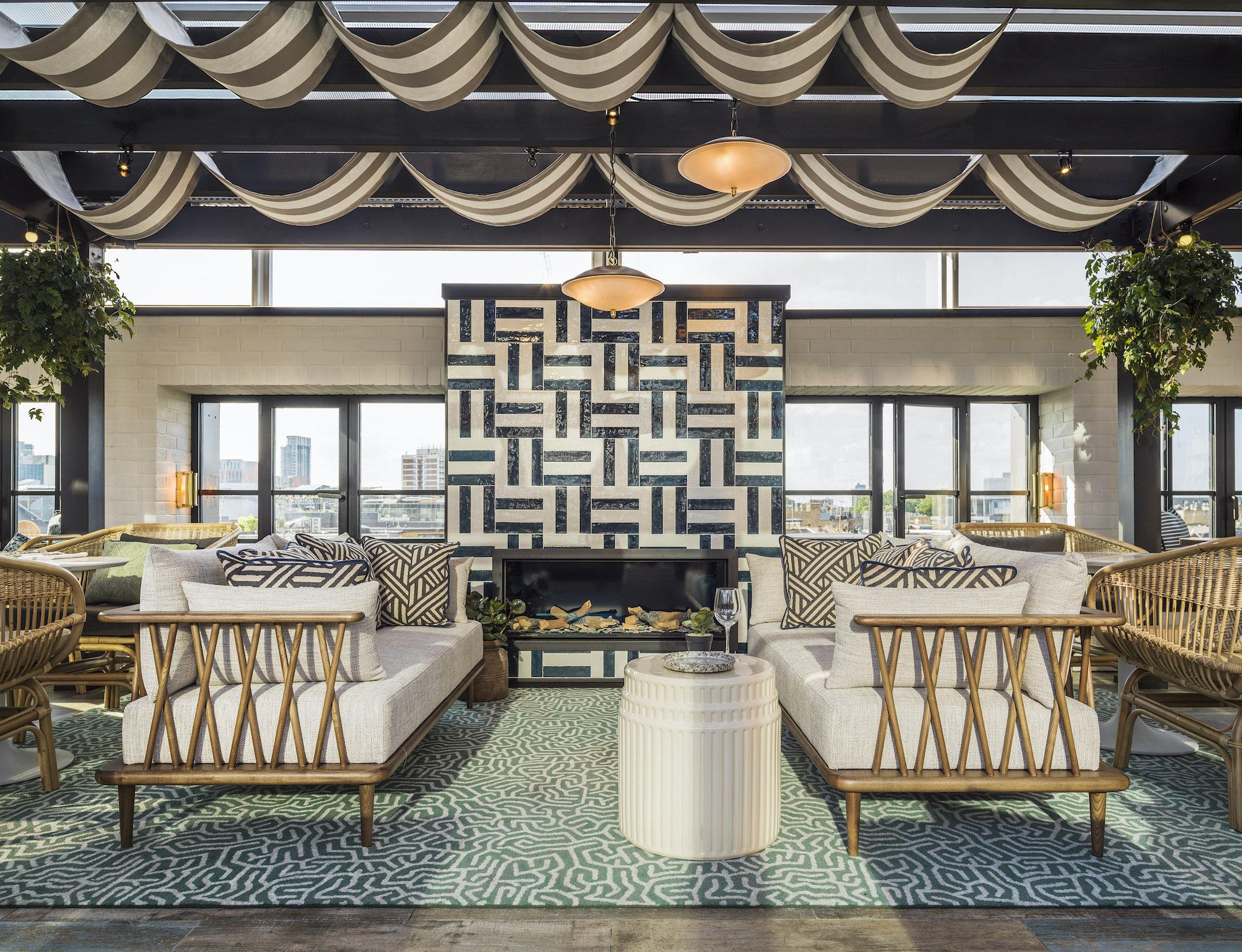
Despite these modest beginnings, a few key clients rapidly recognised the potency of their partnership and invested in them, getting them onto their feet and into their first office – a cramped loft space just big enough for a few people to squeeze into. The pair outgrew within a year, rapidly growing their team to 10 people. “And 10 was bursting at the seams,” says Littlefair. “That’s when we officially put a stake in the ground and said, ‘Let’s form a company’. We abandoned our own independent companies and pooled everything together. They were exciting times.”
As the projects snowballed, Littlefair and Goddard were both able to draw on a hinterland formed not just from their years in the business, but a love of travel. “I was your classic backpacker with no mobile phone,” says Littlefair. “I went off on my own and my mum thought she’d never seen me again.” Her round-the-world travels took her across the Pacific Ocean – through the Cook Islands, and to islands untouched by tourism. “That’s what I would call experiential travel. I pushed myself, I pushed my finances, I pushed back on every restriction. they were rare opportunities. And I’ve gathered those memories. I have very limited photographic evidence of being there. But they’re in my head.”
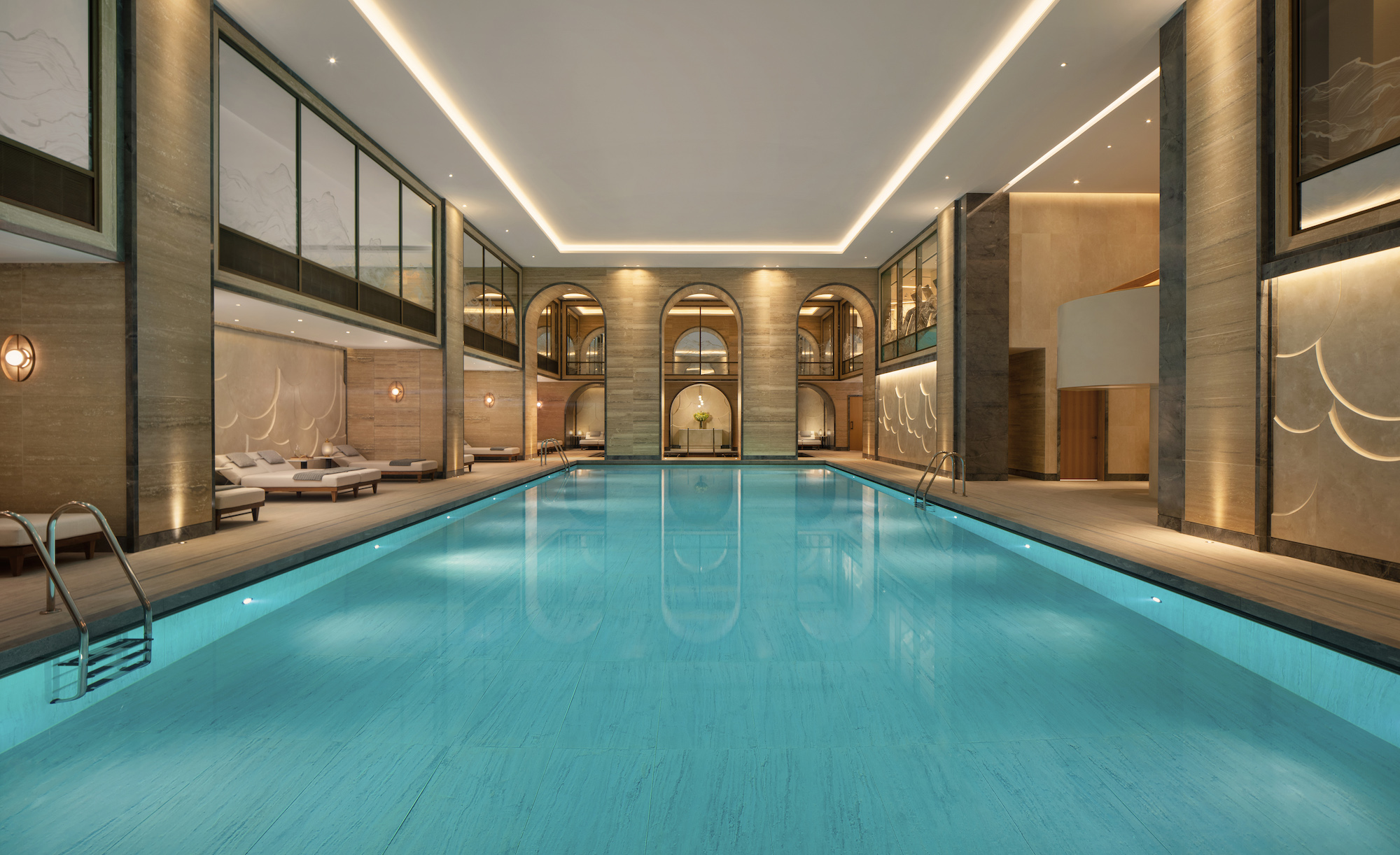
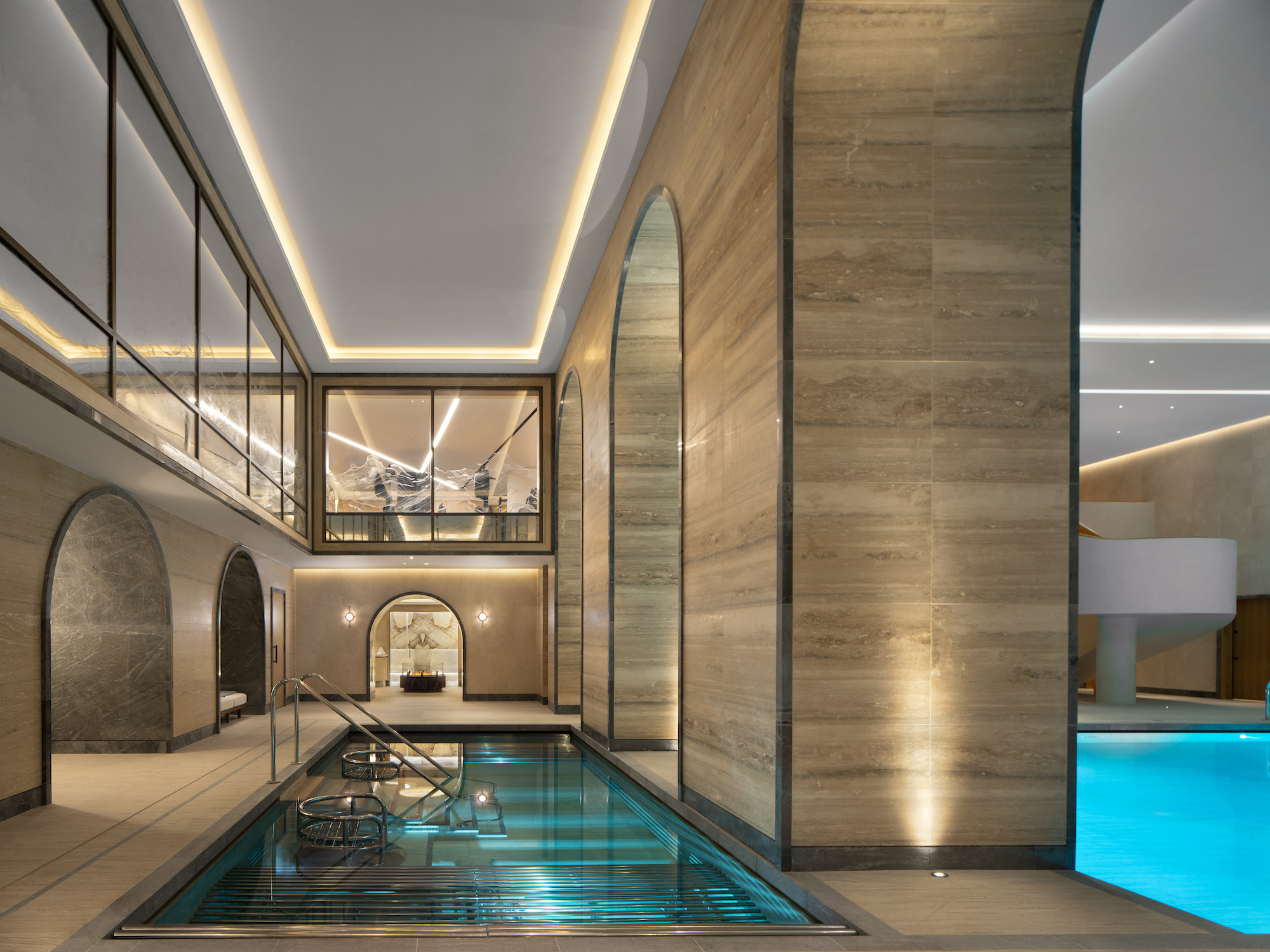
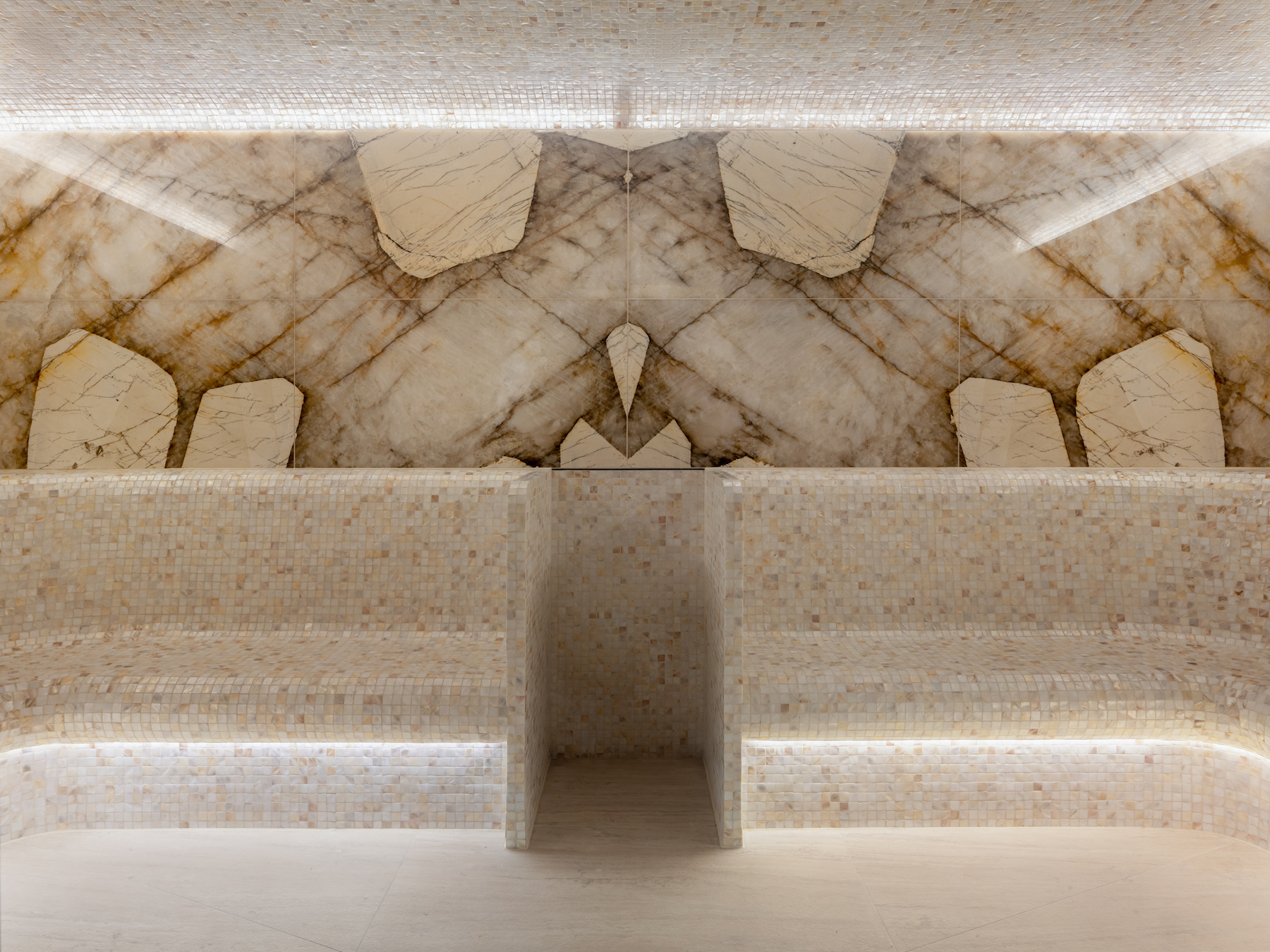
Their professional journey has taken her from those kinds of authentic barefoot experiences to the other extreme of travel – exemplified by the newly-opened Raffles London, a hugely anticipated hotel in the iconic Old War Offices (OWO) in London, from where Churchill marshalled WWII. Goddard Littlefair created the hotel’s jaw-dropping pool and spa. “Being involved in that level of luxury in London, in our hometown, is definitely a landmark for us. The scale of the spa is incredible. I do think that when people stay there, the spa will be the surprise,” she says.
Their much-lauded work on Raffles came fresh off the heels of another major project – Four Seasons Istanbul. “That has been such a journey for us,” she Littlefair reflects. “Our first project with Four Seasons; our first project in Turkey. Istanbul is a city that I had previously visited and had been just absolutely blown away by.”

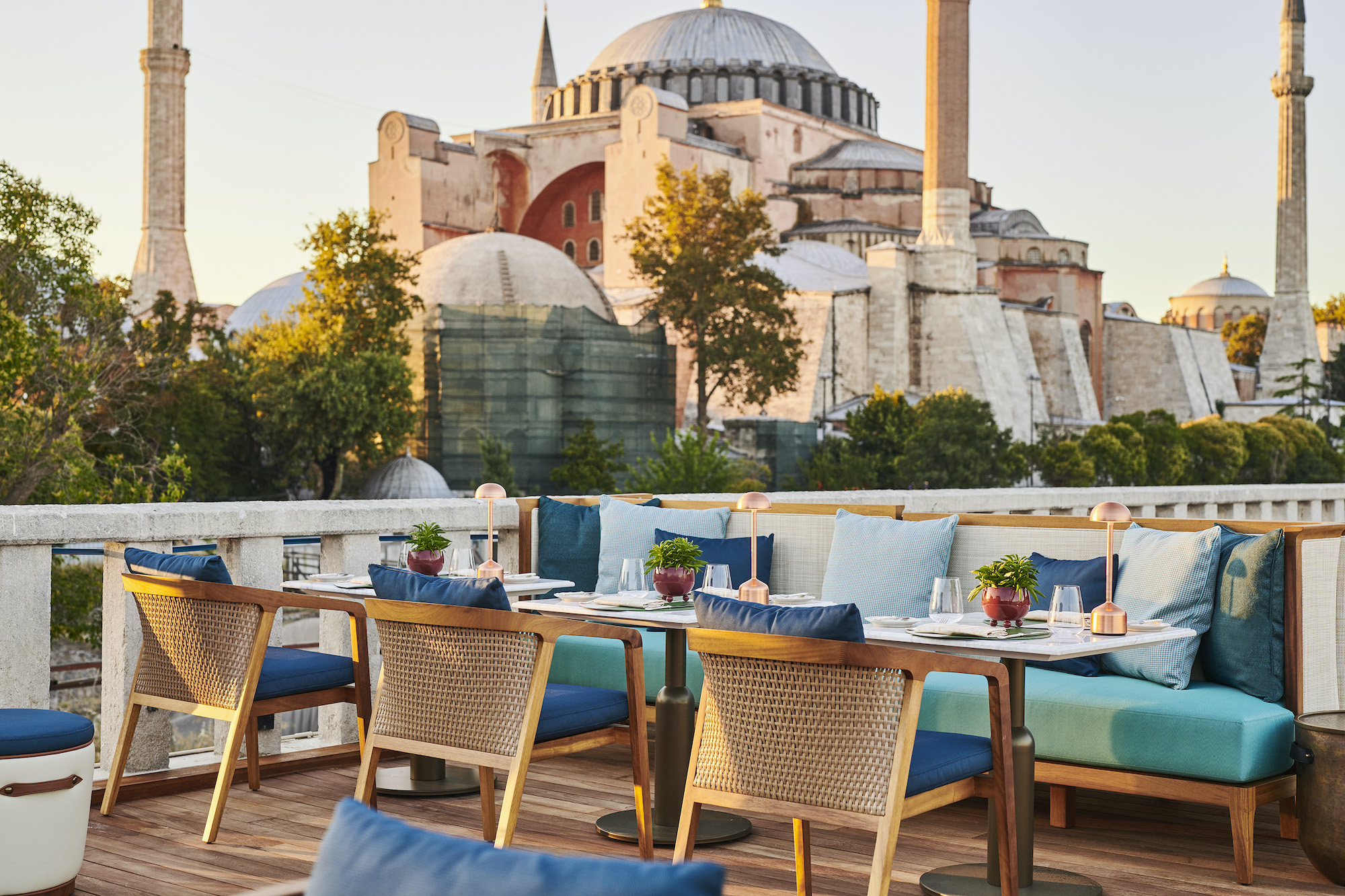
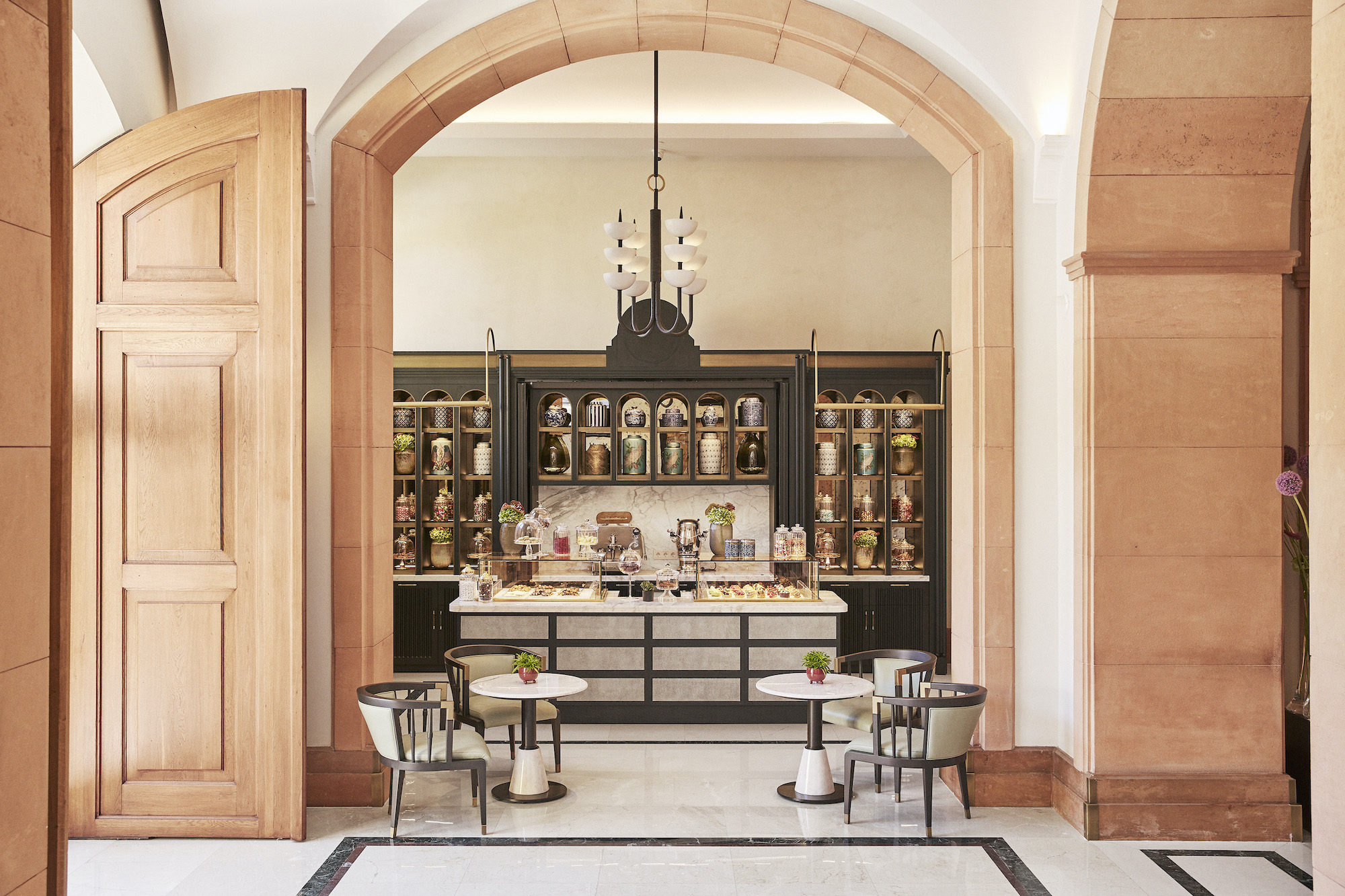
The collaboration came about when the hotel’s operator and owner decided to do a refurbishment. “We had a phone call: ‘Can you help on this project? Can you fly out to Turkey? Okay, no problem, let’s go!’. It was a beautiful property that was converted to a hotel 20 years ago, and had hit a point where it now looked out of step with contemporary interiors – but there was so much opportunity.”
The project grew from what had initially been billed as a light refurb into a major restructuring – even to the point of re-landscaping the gardens. “It was an evolving, organic project,” says Littlefair. And one which involved certain logistical challenges. Rather than turning to their usual artisans and suppliers, Goddard Littlefair sourced most of their furniture, furnishings and design locally. And while this initially involved a learning curve, it was also an inspiration: “There are fantastic people in Turkey making great furniture and great lighting. It was a real hotbed of talent.” She adds: “It was an emotional project – there was frustration at times, but there was also laughter. It was a great experience.”
I believe strongly in creating the best possible environment for our team… You have to embrace people, see their talent, see what their aspirations are, and help to get them where they want to be.
Jo Littlefair
The next few years, if anything, are looking even busier. There’s the Mandarin Oriental Vienna – a from-the-ground-up rebuild of a historic property: “The client team is fantastic – we’re really excited about it”. There’s a significant property in Saudi Arabia. And a Raffles in Seychelles – “It’s amazing,” says Littlefair, “It’s just ridiculously beautiful.” She adds: “I really don’t want to underplay some of the smaller projects that we have, which can mean as much for us – especially if they’re London-centric as well.”
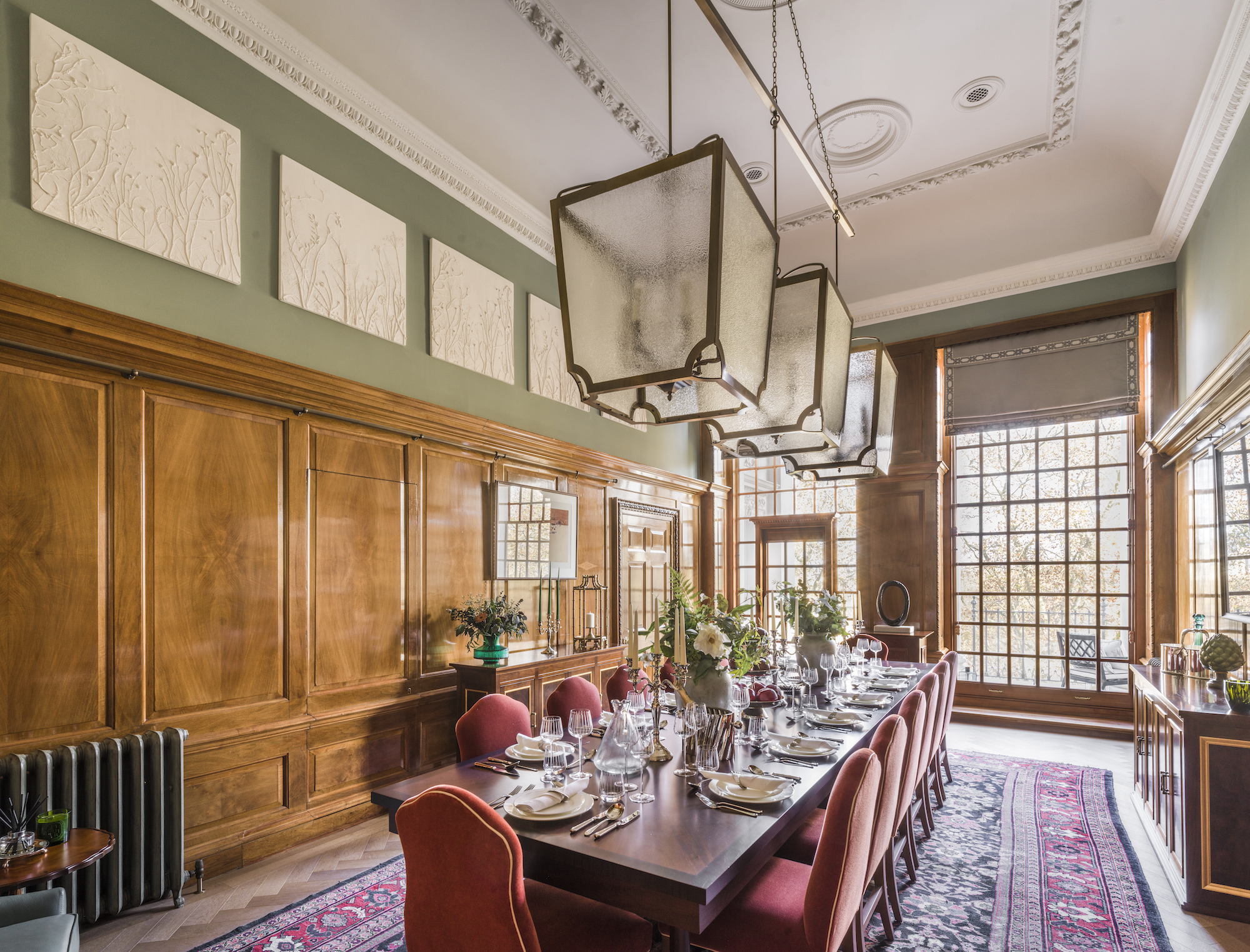
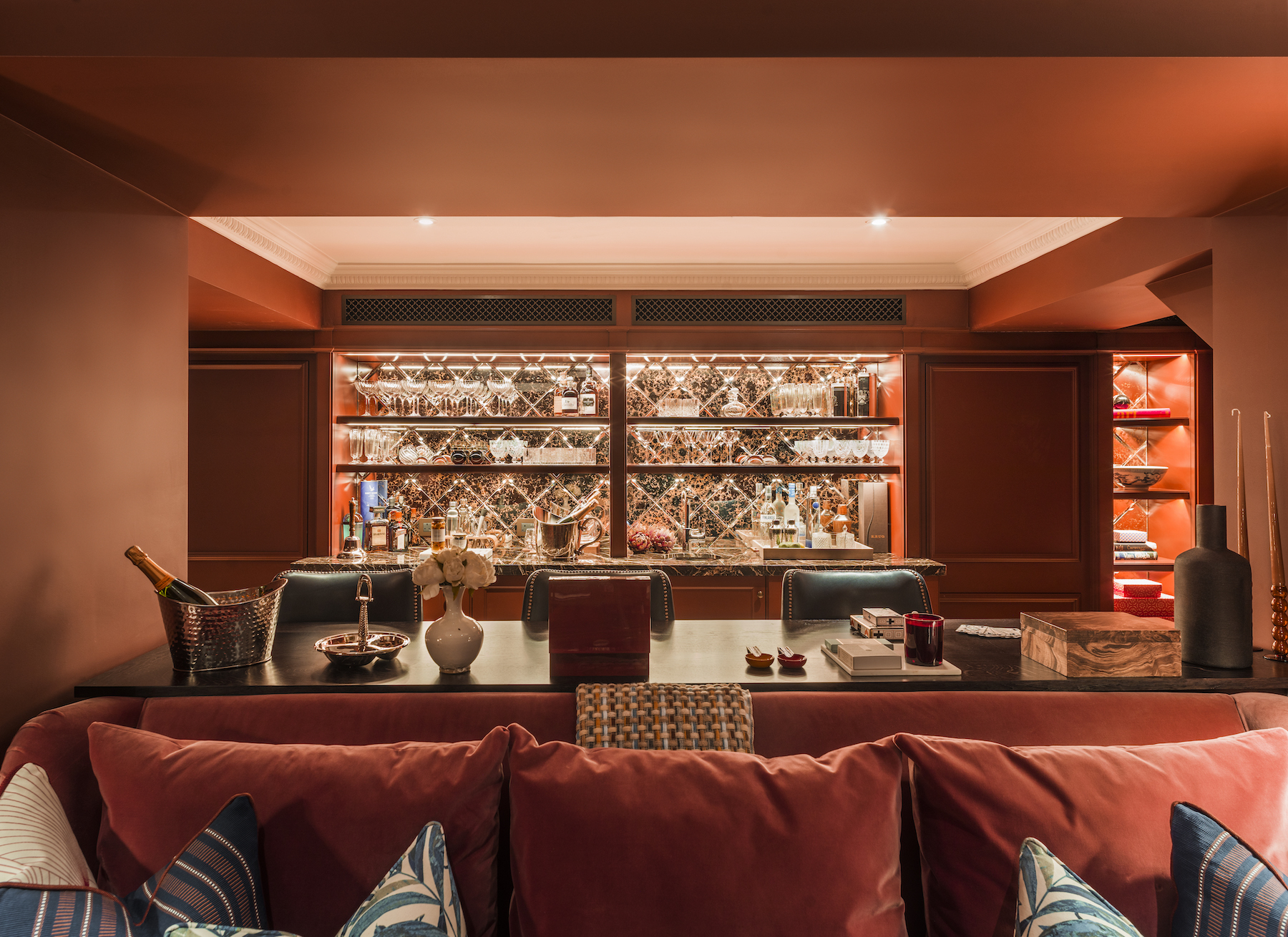
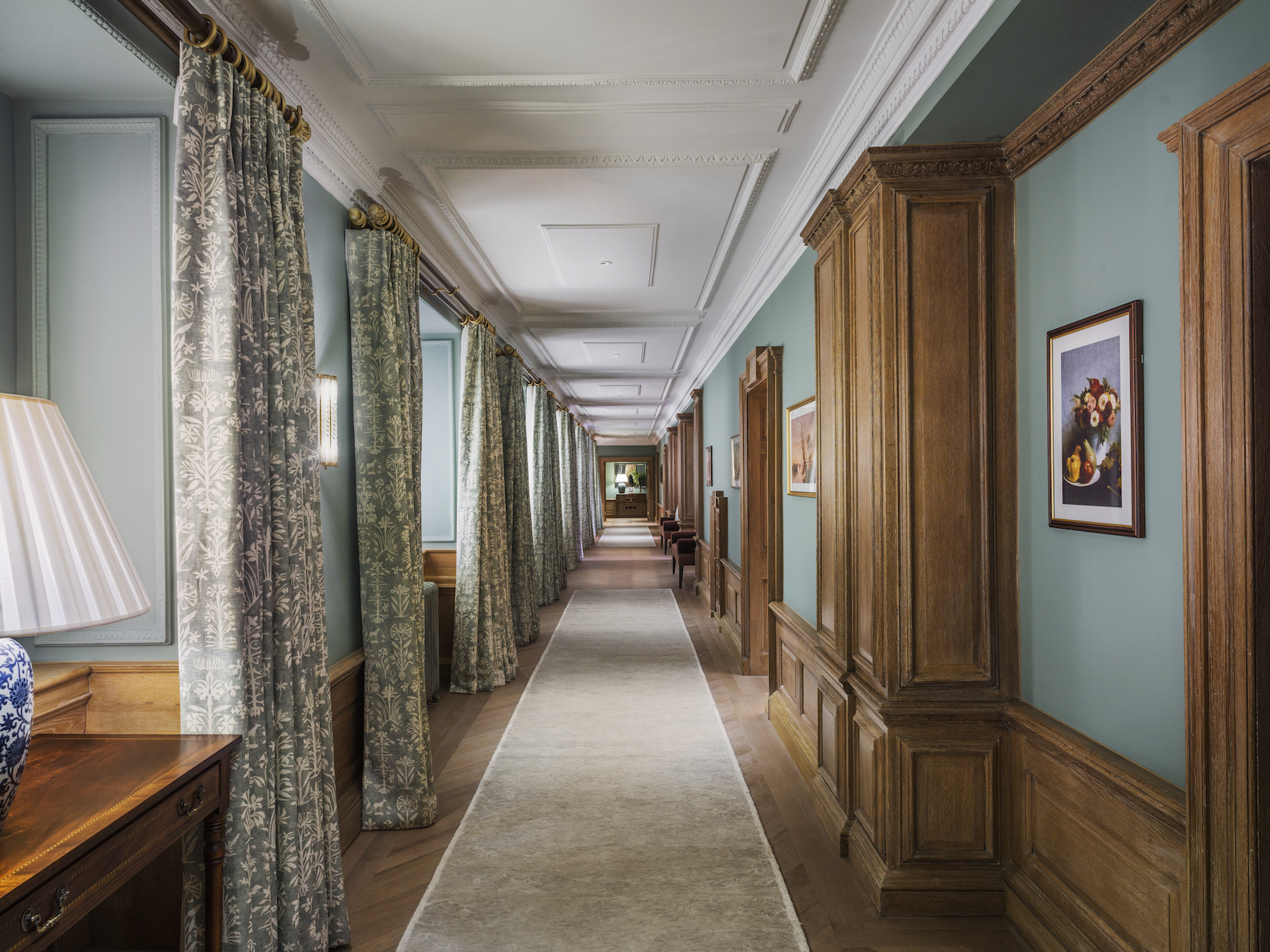

Across all their projects, Littlefair and Goddard are quick to credit their team; and the warmth and esteem in which they hold them is clear. “They are a second family to us,” says Littlefair. “I’m a designer – I was never trained in people-management disciplines. But I believe strongly in creating the best possible environment for our team. I feel very strongly about this: negative environments restrict creativity massively. You have to embrace people, see their talent, see what their aspirations are, and really amplify that and help to get them where they want to be.
“And we’ve got really great designers, extremely talented, who clearly have options, yet they stick with us. And I hope that’s because of the reciprocal relationship we’ve been able to create.”
Read more: Interior Designers I Interiors | Design | Hotels | Penthouses | Property + Real Estate | London | Portugal | Goddard Littlefair



